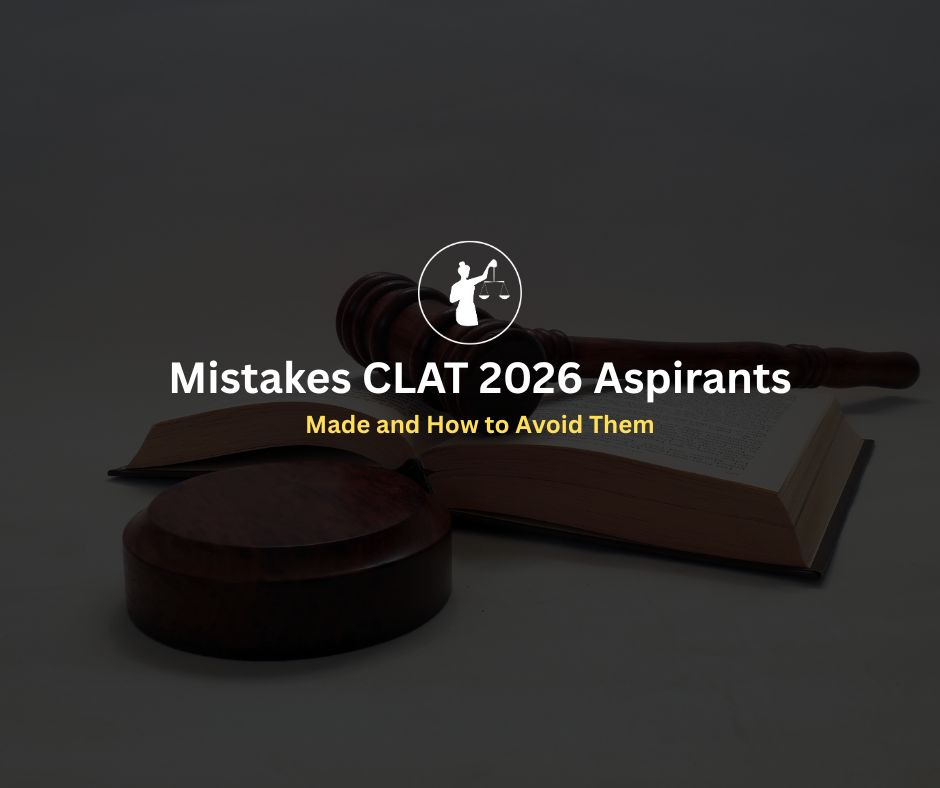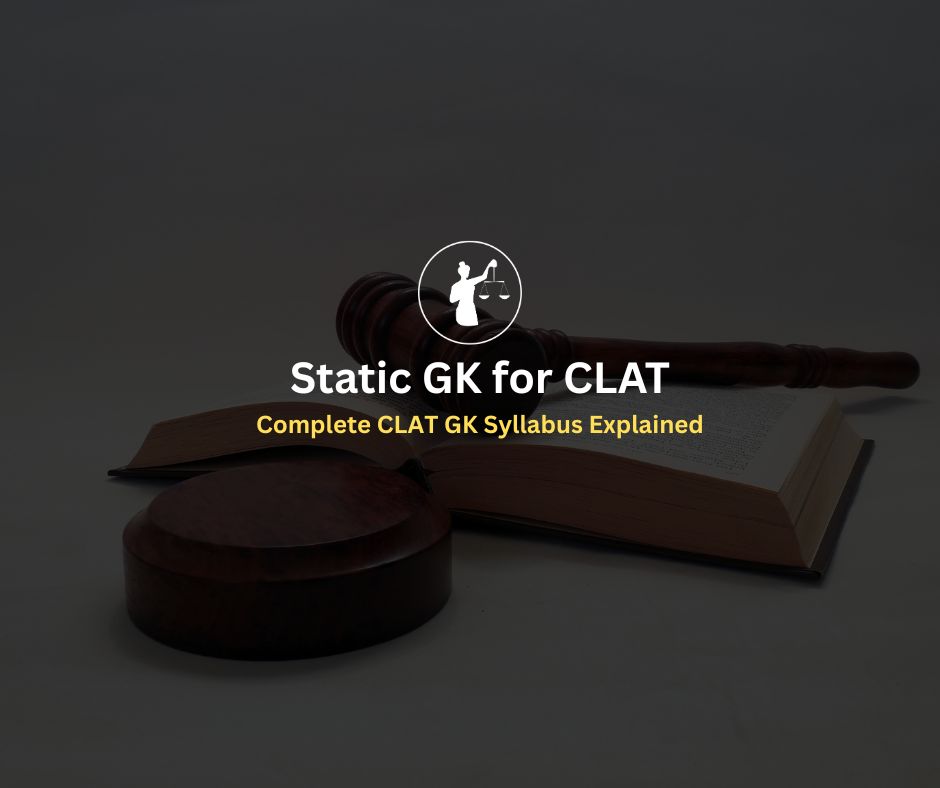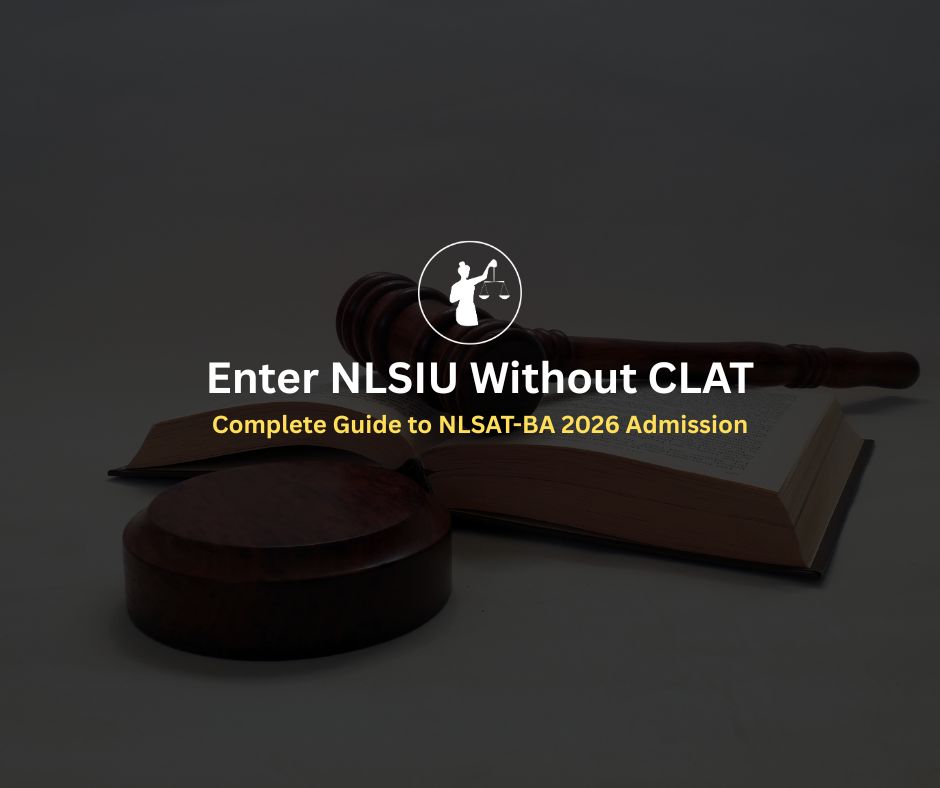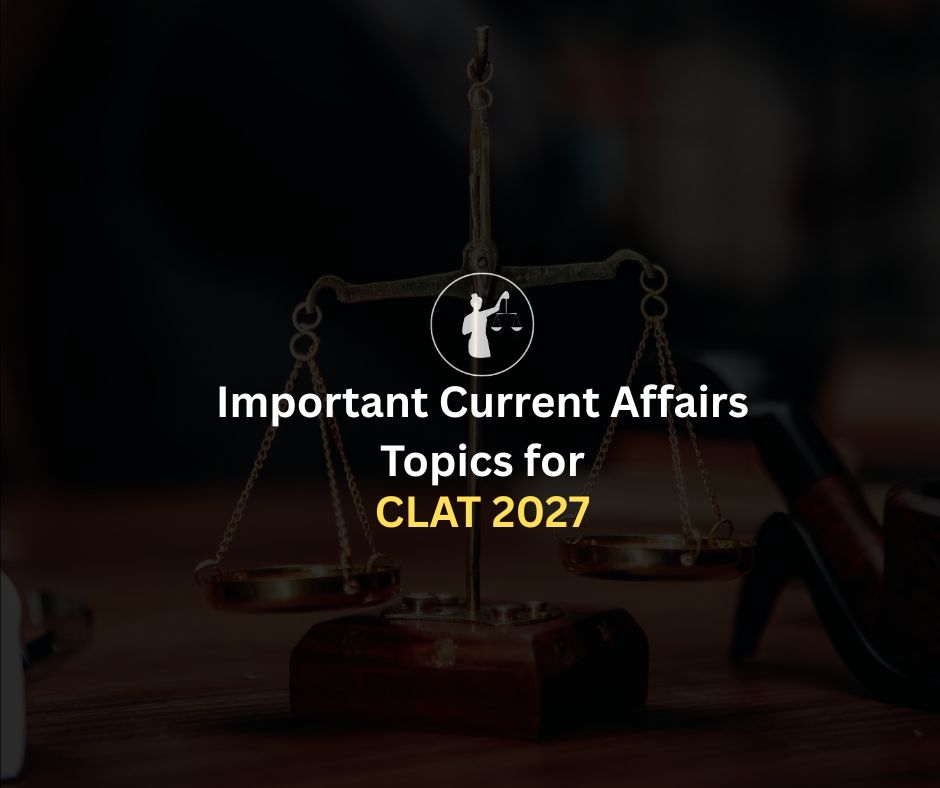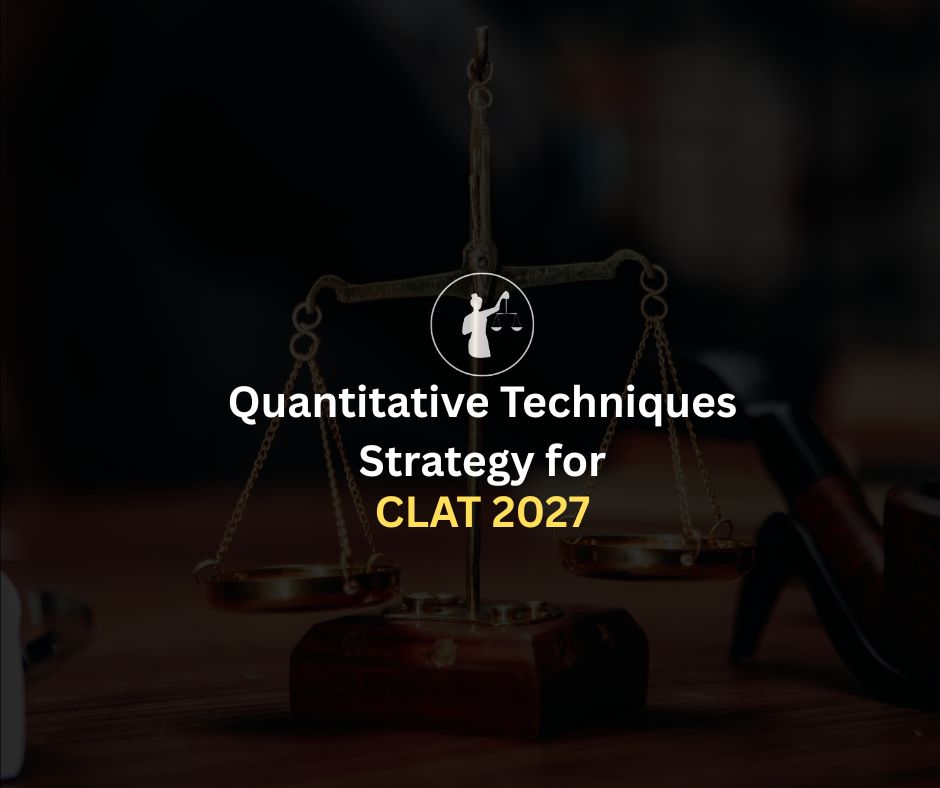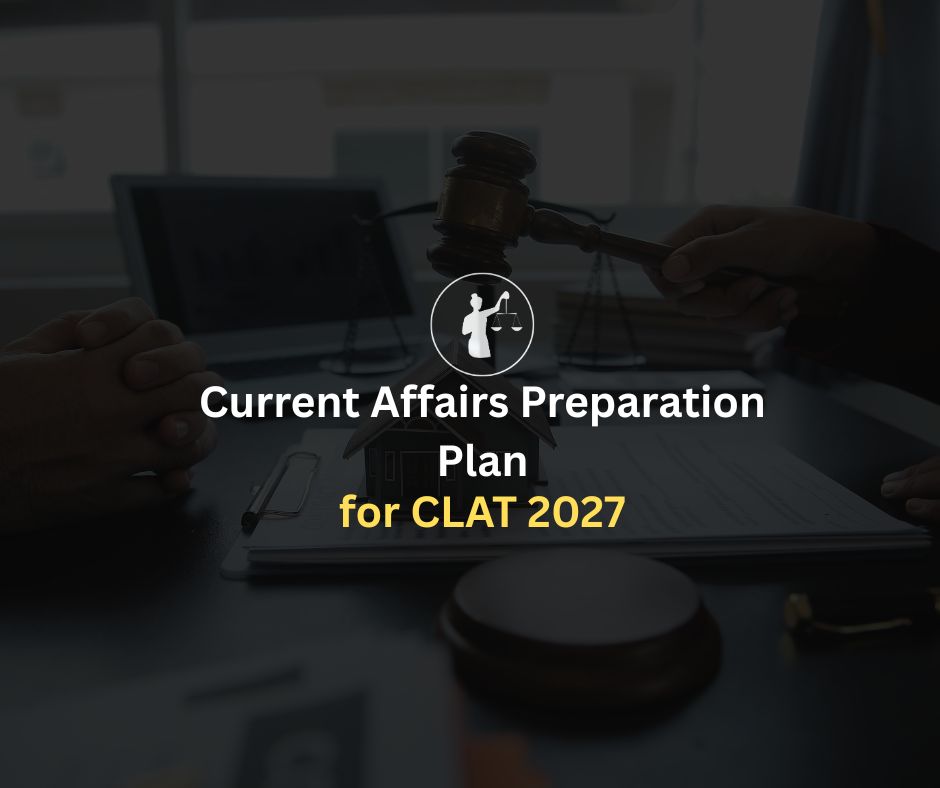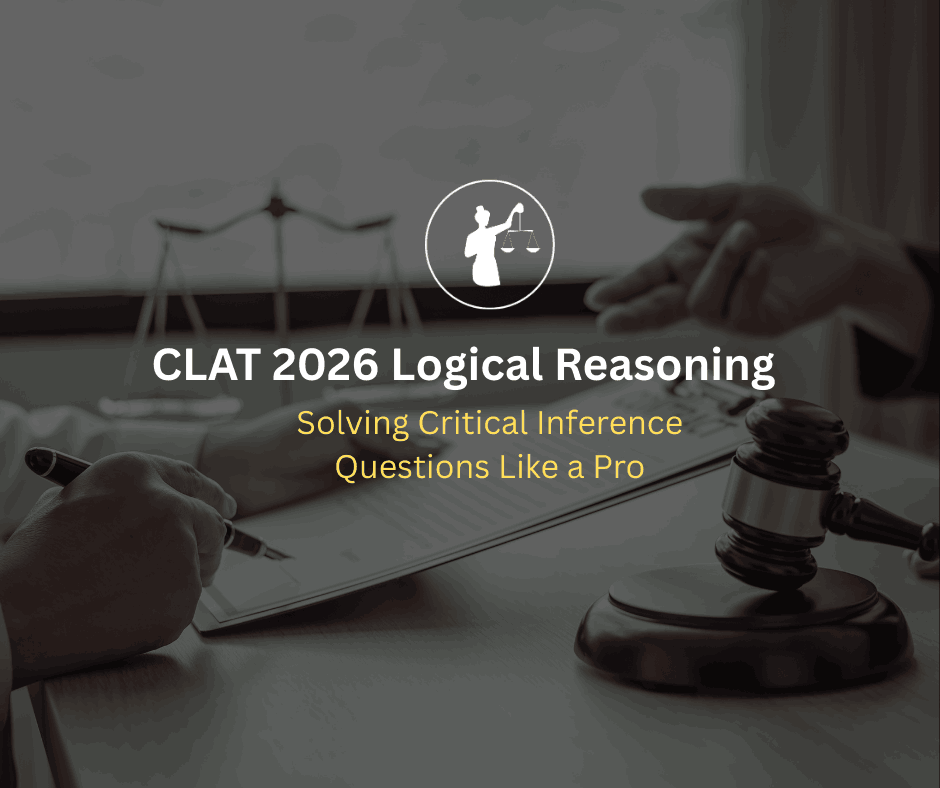
Summary
Inference questions in CLAT 2026 test your ability to read between the lines, draw logical conclusions, and avoid traps. In this guide, you'll learn precise techniques, like distinguishing facts from assumptions, eliminating distractors, and mastering inference wording to consistently answer accurately and efficiently. Expert insights and real strategies make this the ultimate logic playbook.
Best CLAT Online Coaching 2026 – 2027 by NLTI
An inference is a conclusion that logically follows from the information given, not directly stated but reasonably drawn. Unlike assumptions, it is not a hidden premise but a derivation supported by the passage.
Key Principles:
It must be grounded in the passage.
It should not restate facts.
It avoids extremes or distortions .
Example:
If a passage says, “Efficient systems reduce delays,” an inference could be: “Introducing efficiency can improve performance,” not “All inefficiencies are always eliminated.”
Also check: CLAT 2026 Study Plan
1. Read the passage fully first – Avoid skimming, as missing context leads to wrong inferences.
2. Identify the author’s main argument – Ask yourself: What is the central claim here?
3. Spot key premises – The facts or reasoning on which the argument rests.
4. Check each option logically – If the passage is true, does the option have to be true? If not, reject it.
5. Eliminate extremes – Options with words like “always” or “never” are usually wrong unless explicitly stated.
6. Use time filters – Spend no more than 60–70 seconds per question; mark and move if stuck.
Many aspirants fall prey to predictable traps. Some of the most frequent include:
Extreme wording – “Always” or “never” options that overgeneralize.
Half-true statements – Correct in part but missing essential context.
Opinion vs. fact confusion – Taking the author’s opinion as fact.
Assumption overlap – Selecting an assumption rather than an inference.
Pro tip: Whenever in doubt, go back to the rule, “If the passage is true, must this option also be true?”
Practice is not just about volume but method. Follow this cycle:
Daily Drills – Solve 5–7 inference-based questions consistently.
Timed Sets – Attempt 10 questions in 10 minutes to simulate exam pressure.
Error Log – For each wrong answer, write why you got it wrong and why the right option is correct.
Reinforcement – Every weekend, revisit your toughest 20 questions.
This routine helps convert temporary mistakes into permanent lessons.
Read More: Best Books for CLAT 2026 Preparation: Subject-Wise Guide
A hidden truth about CLAT is that inference skills power three sections simultaneously:
Logical Reasoning – Direct inference, strengthen, weaken questions.
English RC – Identifying tone, main idea, and subtle implied meanings.
Legal Reasoning – Applying principles to facts requires inference about “what must follow.”
Training inference is therefore a time-efficient strategy, as practice in one section builds transferable skills for others.
1. Overthinking simple lines – Adding outside knowledge instead of sticking to the passage.
2. Treating assumptions as inferences – Assuming unstated facts.
3. Time wastage – Spending 5 minutes on a single tricky inference.
4. Skipping error logs—Without tracking, the same confusion repeats across mocks.
Fix: Restrict each inference to evidence + logical extension only.
Insights from toppers show a consistent system:
Regular timed inference sets instead of casual practice.
Highlighting premises in the passage while reading.
Weekly review notebooks compiling only inference mistakes.
Peer discussion to check why another option might be tempting but wrong.
Most importantly, they measure accuracy, not volume. Doing 20 inference questions with 90% accuracy is more valuable than 100 random questions with careless mistakes.
Morning (15 minutes) – Solve one RC passage focusing only on inference-based questions.
Afternoon (10 minutes) – Take 5 inference questions from previous CLAT papers.
Evening (15 minutes) – Log errors, and rewrite correct reasoning in your words.
Weekend (30 minutes)—Timed inference mini-test of 15–20 questions.
Following this drill builds reflexive accuracy within 30 days.
Clarify First, Answer Later
Read the passage fully before looking at answers. Make a note of keywords and logical links.
Rephrase the Question
Turn it into your words to ensure you grasp the asked relationship.
Eliminate the Impossible
Rule out choices that:
Repeat content as inference
Go farther than what is mentioned
Introduce out-of-context or extreme ideas
Select the Most Logically Supported Choice
Even if it's not perfect, it should align best with the facts.
Read More: CLAT 2026 Time Management Tricks for Every Section: Ace Your Exam
At NLTI, inference training is integrated into every stage of preparation:
Mentor-led logical reasoning sessions where students from NLS dissect real CLAT passages.
Inference-focused mock reviews that target common traps like extreme options or assumption confusion.
Structured daily drills are provided with our CLAT study plans to ensure consistency.
Cross-sectional inference practice combines RC, legal, and logical, so you build holistic skills.
Error log mentorship—our faculty review your log and guide fixes so the same mistake never repeats.
With CLAT 2026 set for December 7, 2025, this systematic approach ensures inference becomes a scoring advantage, not a stumbling block.
1. How many inference questions appear in CLAT?
Usually 8–10 within logical reasoning, plus indirect ones in RC and legal.
2. Are inference and assumption questions the same?
No. Inference is a conclusion drawn from the passage, assumption is an unstated premise.
3. How long should I spend per inference question?
Ideally 60 seconds, maximum 70.
4. Should I prioritize inference over other logical types?
Yes, since inference overlaps with RC and Legal.
5. Which books help with inference practice?
M.K. Pandey for concepts, past CLAT papers for real practice.
6. Is paraphrasing the passage useful?
Yes, it reduces misinterpretation and clarifies logic.
7. Are extreme answers always wrong?
Mostly, unless directly supported by the text.
8. How often should I practice inference questions?
Daily. Consistency beats bulk practice.
9. Do inference skills improve GK or Quant?
Indirectly, yes, they sharpen analysis of fact-based questions and data interpretation.
10. How does NLTI support inference prep?
Through mentor workshops, detailed mock reviews, and structured daily practice sets.
